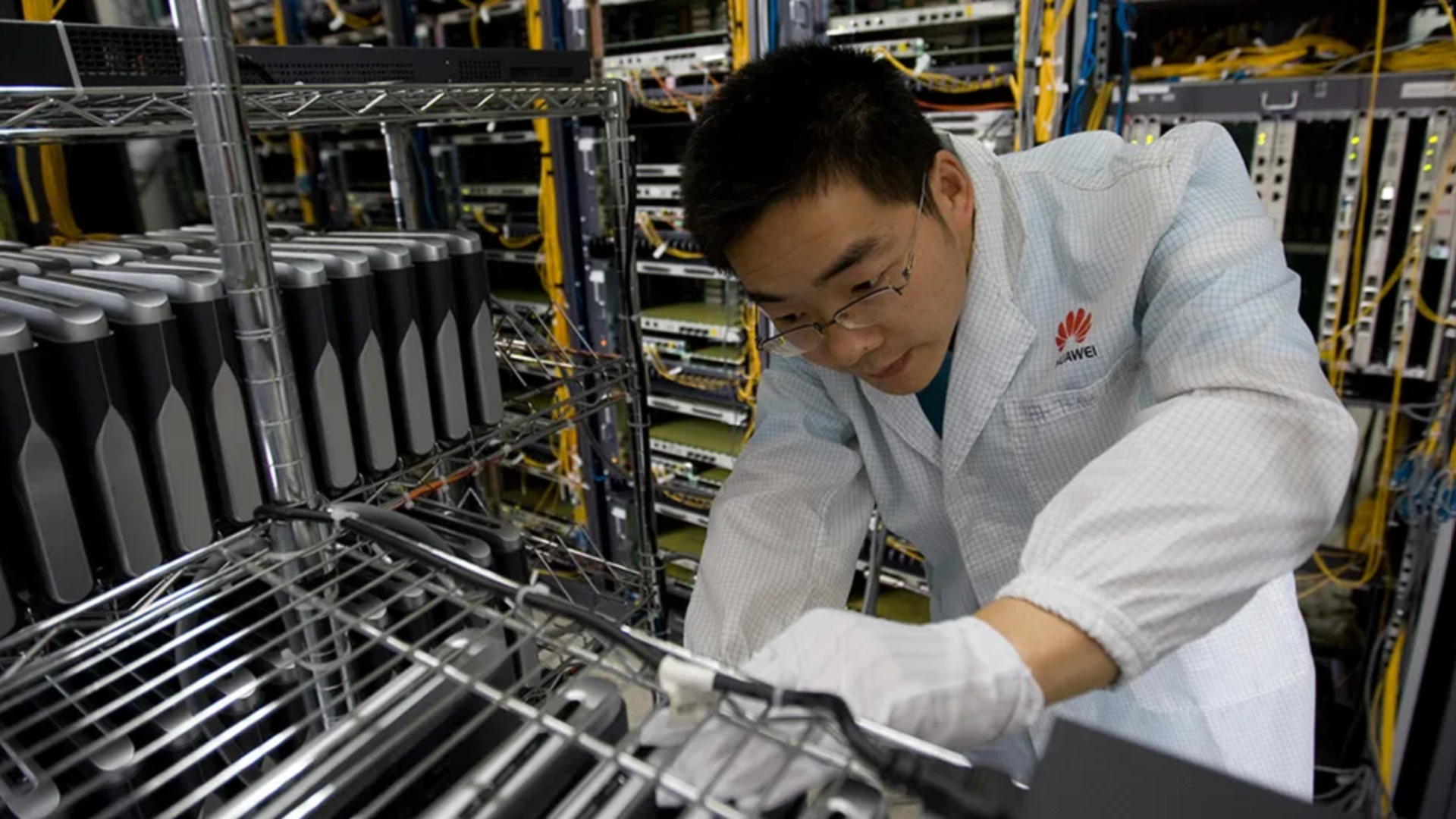Huawei Announces Open‑Source UB‑Mesh Interconnect to Unify AI Data Center Standards

Key Points
- Huawei will open source its UB‑Mesh interconnect protocol with a free license.
- UB‑Mesh combines a CLOS backbone with multidimensional rack‑level meshes for scalability.
- Demonstrated 8,192‑node deployment and claims >1 TB/s per device bandwidth with sub‑microsecond latency.
- Chief scientist Heng Liao announced the release at an upcoming conference.
- The design aims to lower costs compared to traditional interconnects at large scale.
- Industry faces a choice between adopting UB‑Mesh and continuing with established standards.
- Open‑source licensing reduces fees but Huawei retains ownership and governance.
- Geopolitical and interoperability concerns may affect broader acceptance.
Huawei revealed plans to open source its UB‑Mesh interconnect, a system that combines a CLOS‑based backbone with multidimensional rack‑level meshes to streamline communication among CPUs, GPUs, memory, and networking equipment in massive AI data centers. The company claims the design can keep costs low even at scales of thousands of nodes, citing an 8,192‑node deployment and bandwidth exceeding one terabyte per second per device with sub‑microsecond latency. Huawei chief scientist Heng Liao said the protocol will be published with a free license at an upcoming conference, while industry observers note the challenge of gaining broad adoption amid existing standards and geopolitical concerns.
Huawei’s Open‑Source UB‑Mesh Initiative
Huawei has announced that it will publish the UB‑Mesh interconnect protocol under an open‑source license, making the technology available to anyone who wishes to implement it. The move is intended to address the fragmentation of interconnect standards that currently exists in large‑scale AI data centers, where processors, memory, storage, and networking equipment often rely on a mixture of PCIe, NVLink, UALink, Ultra Ethernet, and other proprietary solutions.
Technical Architecture
UB‑Mesh blends two distinct networking topologies. At the data‑hall level, it employs a CLOS‑style backbone that provides high‑bandwidth, low‑latency paths across the facility. Within each rack, the system creates a multidimensional mesh that links individual compute and storage nodes directly. By combining these layers, Huawei claims the design that can sustain bandwidth of over one terabyte per second per device while maintaining sub‑microsecond latency across the entire cluster.
Scalability and Cost Claims
The company argues that traditional interconnects become prohibitively expensive as the number of nodes grows, eventually costing more than the accelerators they connect. To illustrate its cost‑efficiency, Huawei points to a demonstration deployment involving 8,192 nodes, which it says shows that expenses do not rise linearly with scale. The firm frames UB‑Mesh as a cornerstone of its broader “SuperNode” concept, where disparate hardware components behave as if they reside inside a single machine.
Open‑Source Licensing and Industry Outlook
Heng Liao, chief scientist of Huawei’s HiSilicon processor division, indicated that the UB‑Mesh protocol will be released at an upcoming conference with a free license. He acknowledged competing standardization efforts and suggested that broader adoption will depend on successful real‑world deployments and demand from partners and customers. While the open‑source model reduces direct licensing costs, analysts note that the protocol will still be owned and governed by Huawei, raising questions about long‑term interoperability, governance structures, and geopolitical risk.
Challenges and Competitive Landscape
Existing interconnect standards already enjoy widespread industry backing, and many vendors have invested heavily in ecosystems around PCIe, NVLink, and related technologies. Huawei’s proposal must therefore convince a skeptical market that a new, Huawei‑centric protocol can deliver tangible benefits without locking customers into a single supplier’s roadmap. Concerns about supply‑chain security and regulatory scrutiny add further complexity to the adoption equation.
Potential Impact
If embraced, UB‑Mesh could simplify the design of future AI clusters, reduce hardware costs, and enable tighter integration of compute, memory, and storage resources. The promised bandwidth and latency figures suggest the protocol could support next‑generation AI workloads that demand massive data movement at unprecedented speeds. However, the ultimate impact will hinge on the ecosystem’s willingness to co‑develop, test, and standardize the technology alongside existing solutions.